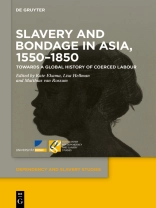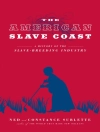The study of slavery and coerced labour is increasingly conducted from a global perspective, and yet a dual Eurocentric bias remains: slavery primarily brings to mind the images of Atlantic chattel slavery, and most studies continue to be based – either outright or implicitly – on a model of northern European wage labour. This book constitutes an attempt to re-centre that story to Asia.
With studies spanning the western Indian Ocean and the steppes of Central Asia to the islands of South East Asia and Japan, and ranging from the sixteenth to the nineteenth century, this book tracks coercion in diverse forms, tracing both similarities and differences – as well as connections – between systems of coercion, from early sales regulations to post-abolition labour contracts.
Deep empirical case studies, as well as comparisons between the chapters, all show that while coercion was entrenched in a number of societies, it was so in different and shifting ways. This book thus not only shows the history of slavery and coercion in Asia as a connected story, but also lays the groundwork for global studies of a phenomenon as varying, manifold and contested as coercion.
Om författaren
Kate Ekama, Stellenbosch Univ., ZAF; Lisa Hellman, Lund Univ., SWE; Matthias van Rossum, Internat. Inst. of Soc. Hist. Amsterdam, NLD.












